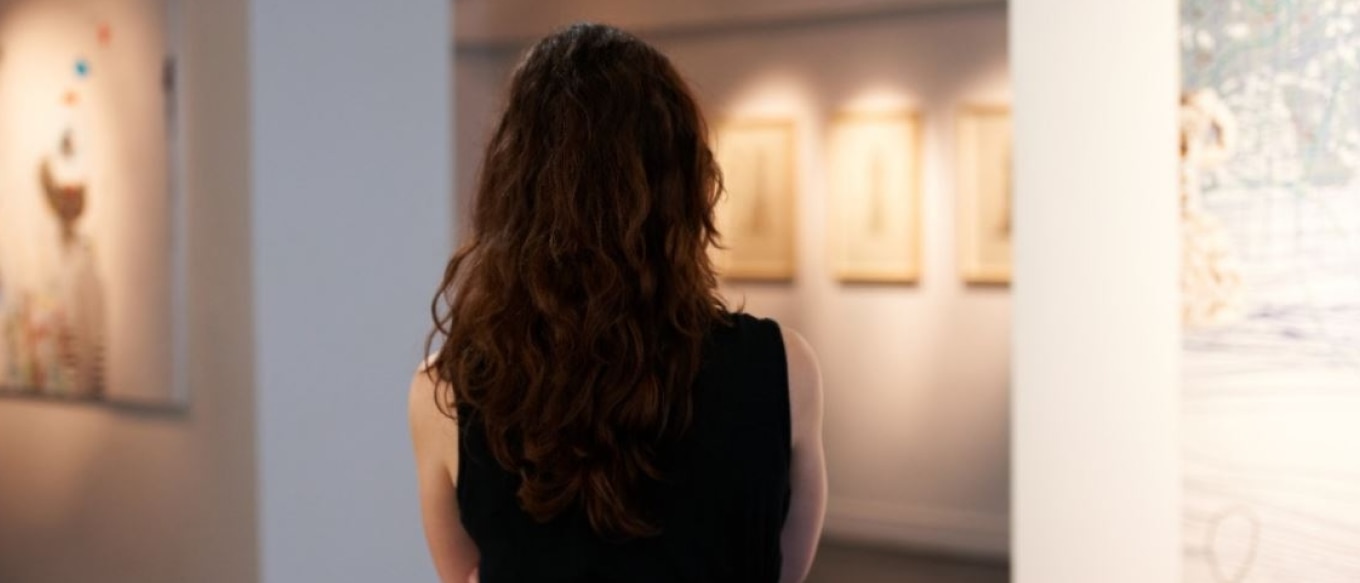The Art of Donating Art

Years of patience, persistence, and passion go into acquiring art. Collectors are inspired by artists who make them feel and think differently. Philanthropy is one way of sharing an enthusiasm for art with the world. But what steps should a collector take before donating artwork?
Andy Schoelkopf, President of the Art Dealers Association of America (ADAA), and Michael Findlay, President of the ADAA Foundation Board and a member of the Art Advisory Panel for the Internal Revenue Service, discussed best practices for making impactful gifts at a Goldman Sachs event held at the Park Avenue Armory in conjunction with the 2020 ADAA Art Show. Monica Heslington, head of the Goldman Sachs Family Office Art & Collectibles Advisory, moderated the discussion.
Understanding Tax Implications
Advice and documentation
“Collectors are soliciting advice from art experts much earlier in the donation process,” Findlay said.
Findlay suggested paying an appraiser instead of soliciting free advice from an auction house, as the IRS will review all documentation and deploy a team of experts when assessing the artwork’s value for tax purposes.
Deductions differ by donation type
Donations to public charities, such as museums and universities, or to private foundations that operate museums, can be deducted at fair market value if certain requirements are met. But donations to any charitable entity (public or private) that will not use the artwork to further their exempt purposes are limited to a deduction at cost basis. For these purposes, selling donated artwork and using the proceeds for exempt purposes will result in a cost basis deduction.
The long-term capital gains tax rate on art is 28 percent, compared with 20 percent on other assets.
Supporting Art Institutions
Grants can make a big impact
Beyond art donations, Schoelkopf says, gifts of all sizes can impact the art world, especially at smaller museums that are not as well-funded.
“Seed grants can lead to great artistic transformation,” he said. “Review the museum’s operating budget by reading their 990 form and speak to the curator about what is needed.”
Targeting smaller institutions
Schoelkopf added that many smaller museums are buying exhibitions to fill their walls because their collections are lacking. If a donation of art is rejected at a major institution, that same piece of art could have a positive effect at a regional museum.
If you’re interested in donating your art in a way that can best achieve your tax and philanthropic goals, please contact Monica Heslington in the Goldman Sachs Family Office Art & Collectibles Advisory at monica.heslington@gs.com.
This material is intended for educational purposes only and is provided solely on the basis that it will not constitute investment advice and will not form a primary basis for any personal or plan’s investment decisions. While it is based on information believed to be reliable, no warranty is given as to its accuracy or completeness and it should not be relied upon as such. Goldman Sachs is not a fiduciary with respect to any person or plan by reason of providing the material herein, information and opinions expressed by individuals other than Goldman Sachs employees do not necessarily reflect the view of Goldman Sachs. This material may not, without Goldman Sachs’ prior written consent, be (i) copied, photocopied or duplicated in any form, by any means, or (ii) distributed to any person that is not an employee, officer, director, or authorized agent of the recipient. This material is not an offer or solicitation with respect to the purchase or sale of any security in any jurisdiction. Investing involves risk, including the potential loss of money invested. Past performance does not guarantee future results. Neither asset diversification or investment in a continuous or periodic investment plan guarantees a profit or protects against a loss. Information and opinions provided herein are as of the date of this material only and are subject to change without notice.
© 2025 The Goldman Sachs Group, Inc. All rights reserved.
Goldman Sachs & Co. LLC is registered with the Securities and Exchange Commission (“SEC”) as both a broker-dealer and an investment adviser and is a member of the Financial Industry Regulatory Authority (“FINRA”) and the Securities Investor Protection Corporation (“SIPC”).